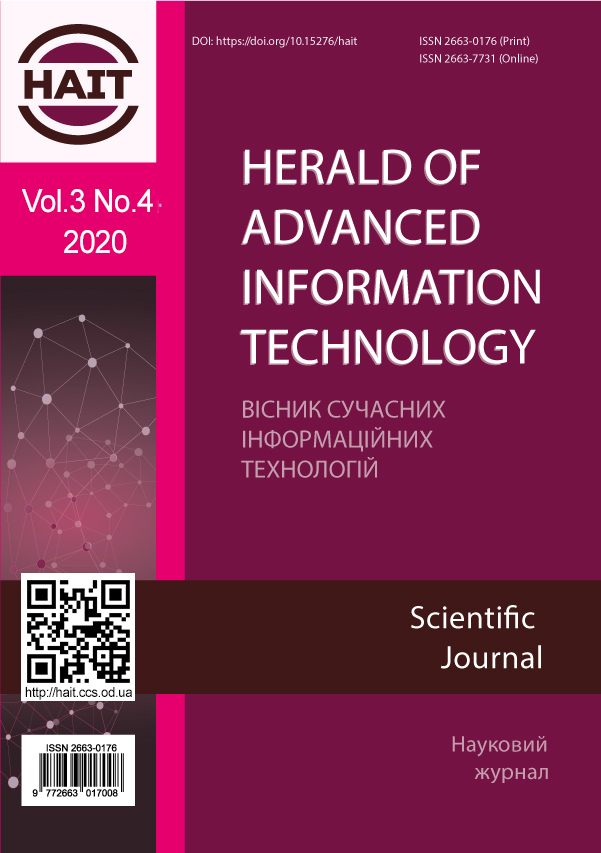Forming the stack of texture features for liver ultrasound images classification
DOI:
https://doi.org/10.15276/hait.04.2020.3Keywords:
liver diseases, ultrasound imaging, texture analysis, classification, Random ForestAbstract
This article discusses the use of texture analysis methods to obtain informative features that describe the texture of liver ultrasound images. In total, 317 liver ultrasound images were analyzed, which were provided by the Institute of Nuclear Medicine and Radiation Diagnostics of NAMS of Ukraine. The images were taken by three different sensors (convex, linear, and linear sensor in increased signal level mode). Both images of patients with a normal liver condition and patients with specific liver disease (there were diseases such as: autoimmune hepatitis, Wilson's disease, hepatitis B and C, steatosis, and cirrhosis) were present in the database. Texture analysis was used for “Feature Construction”, which resulted in more than a hundred different informative features that made up a common stack. Among them, there are such features as: three authors’ patented features derived from the grey level co-occurrence matrix; features, obtained with the help of spatial sweep method (working by the principle of group method of data handling), which was applied to ultrasound images; statistical features, calculated on the images, brought to one scale with the help of differential horizontal and vertical matrices, which are proposed by the authors; greyscale pairs ensembles (found using the genetic algorithm), which identify liver pathology on images, transformed with the help of horizontal and vertical differentiations, in the best possible way. The resulting trait stack was used to solve the problem of binary classification (“norma-pathology”) of ultrasound liver images. A Machine Learning method, namely “Random Forest”, was used for this purpose. Before the classification, in order to obtain objective results, the total samples were divided into training (70 %), testing (20 %), and examining (10 %). The result was the best three Random Forest models separately for each sensor, which gave the following recognition rates: 93.4 % for the convex sensor, 92.9 % for the linear sensor, and 92 % for the reinforced linear sensor.








